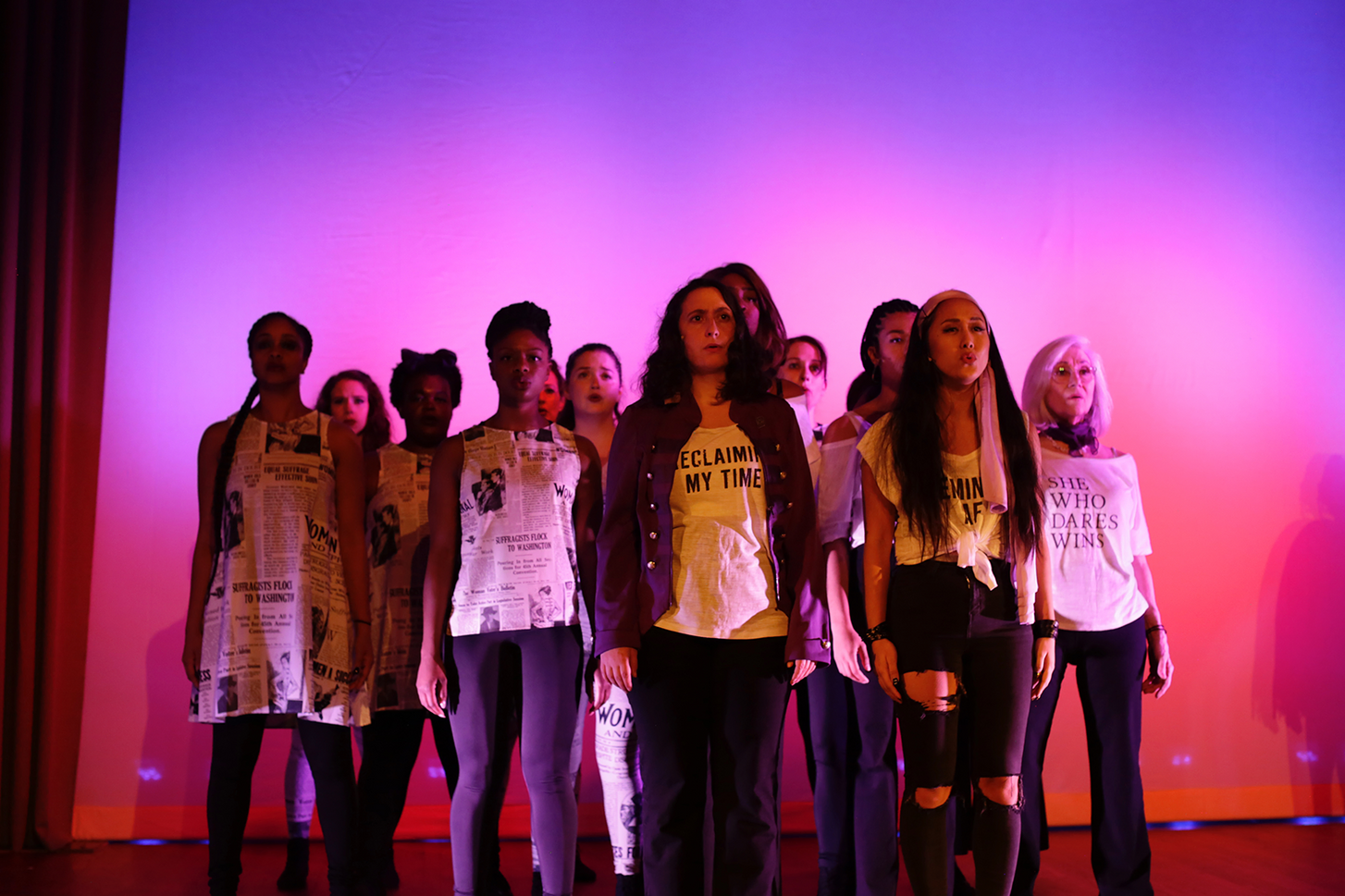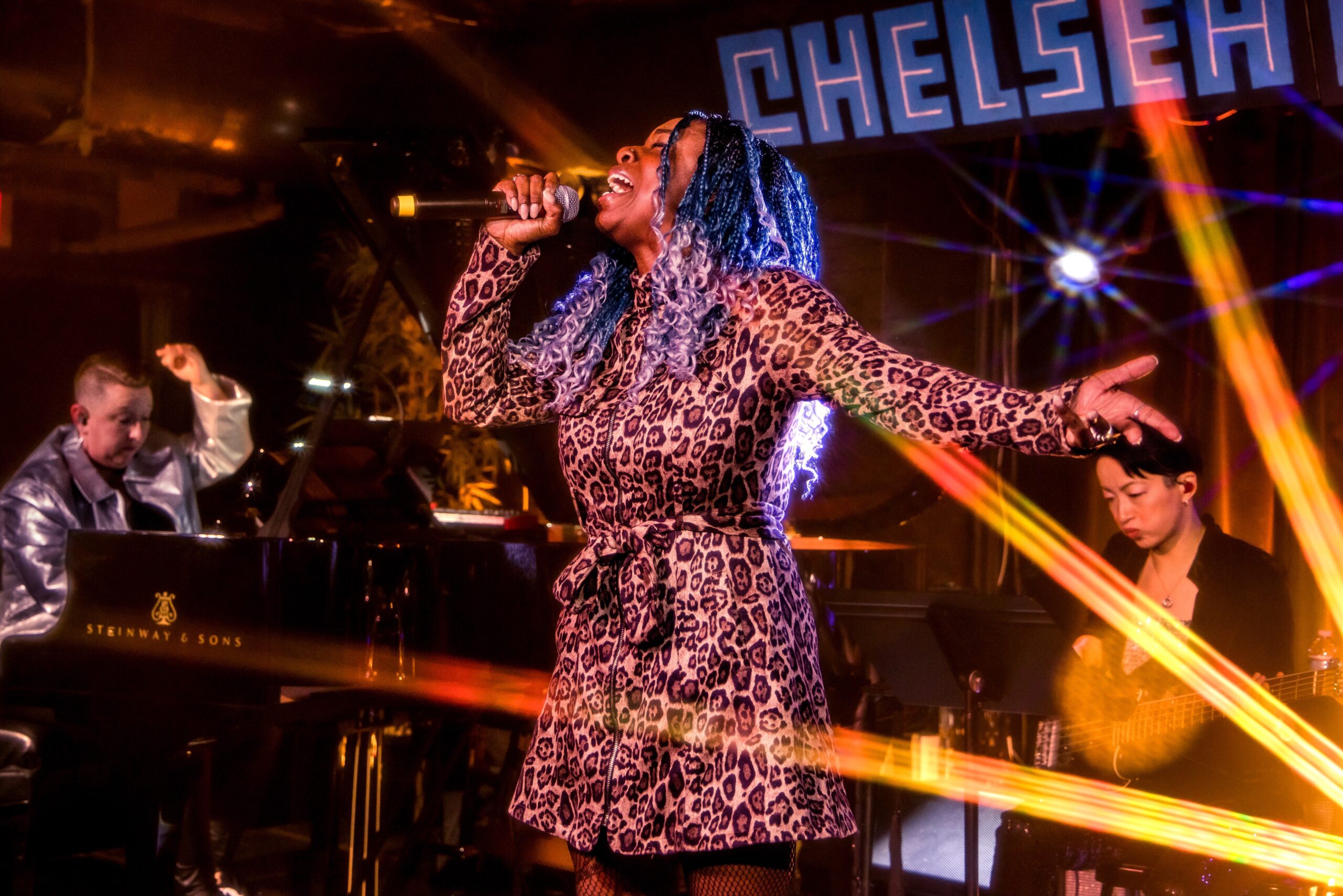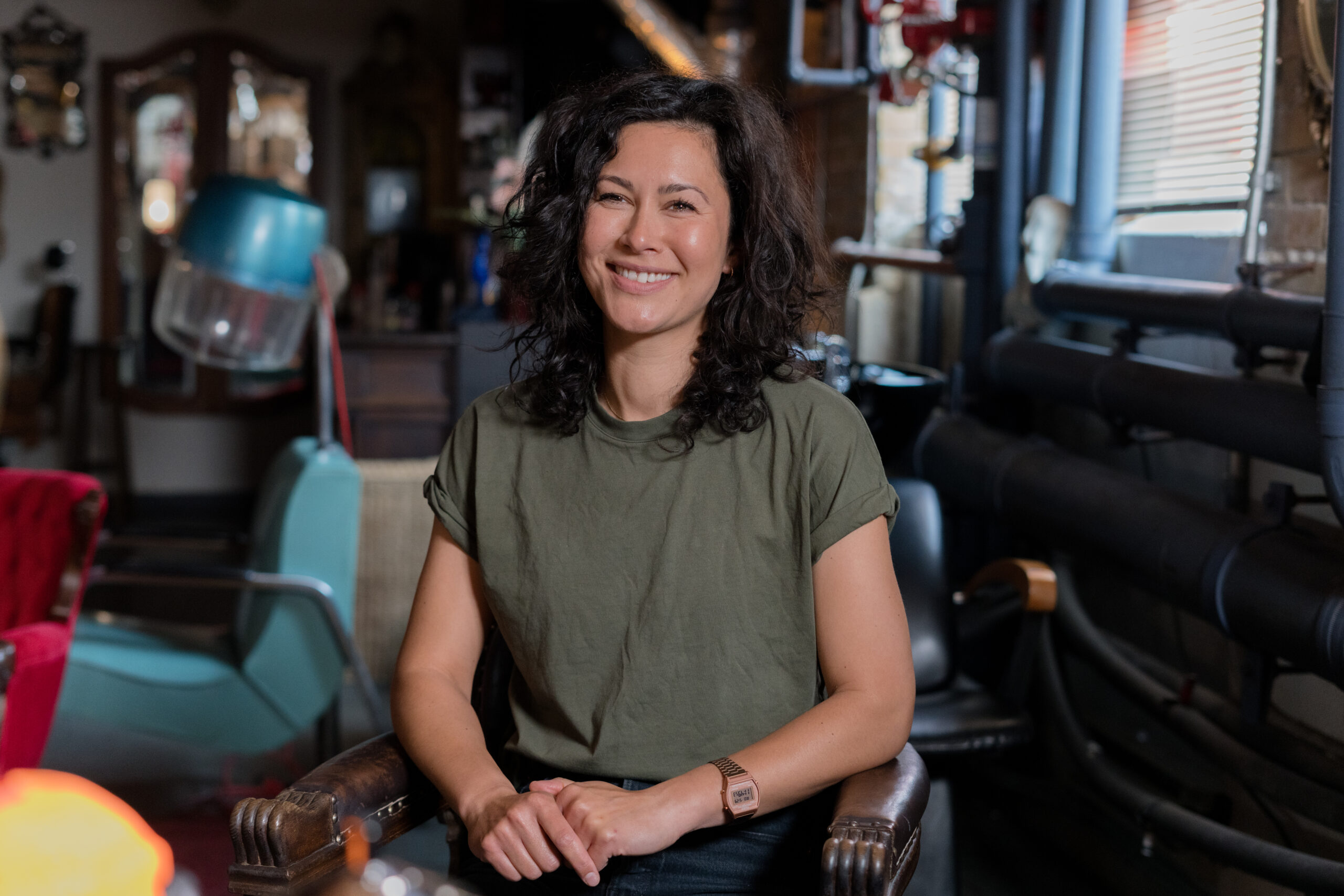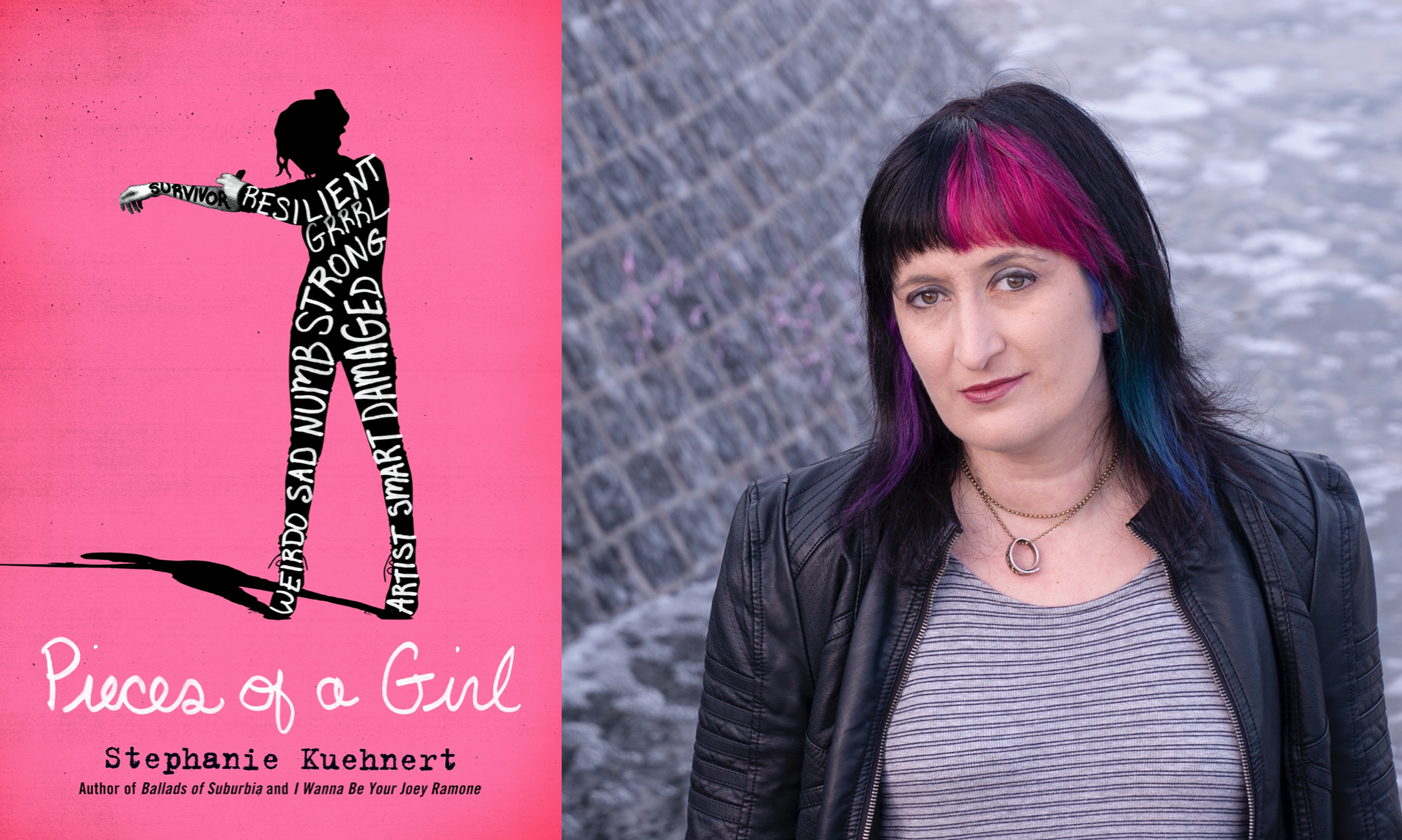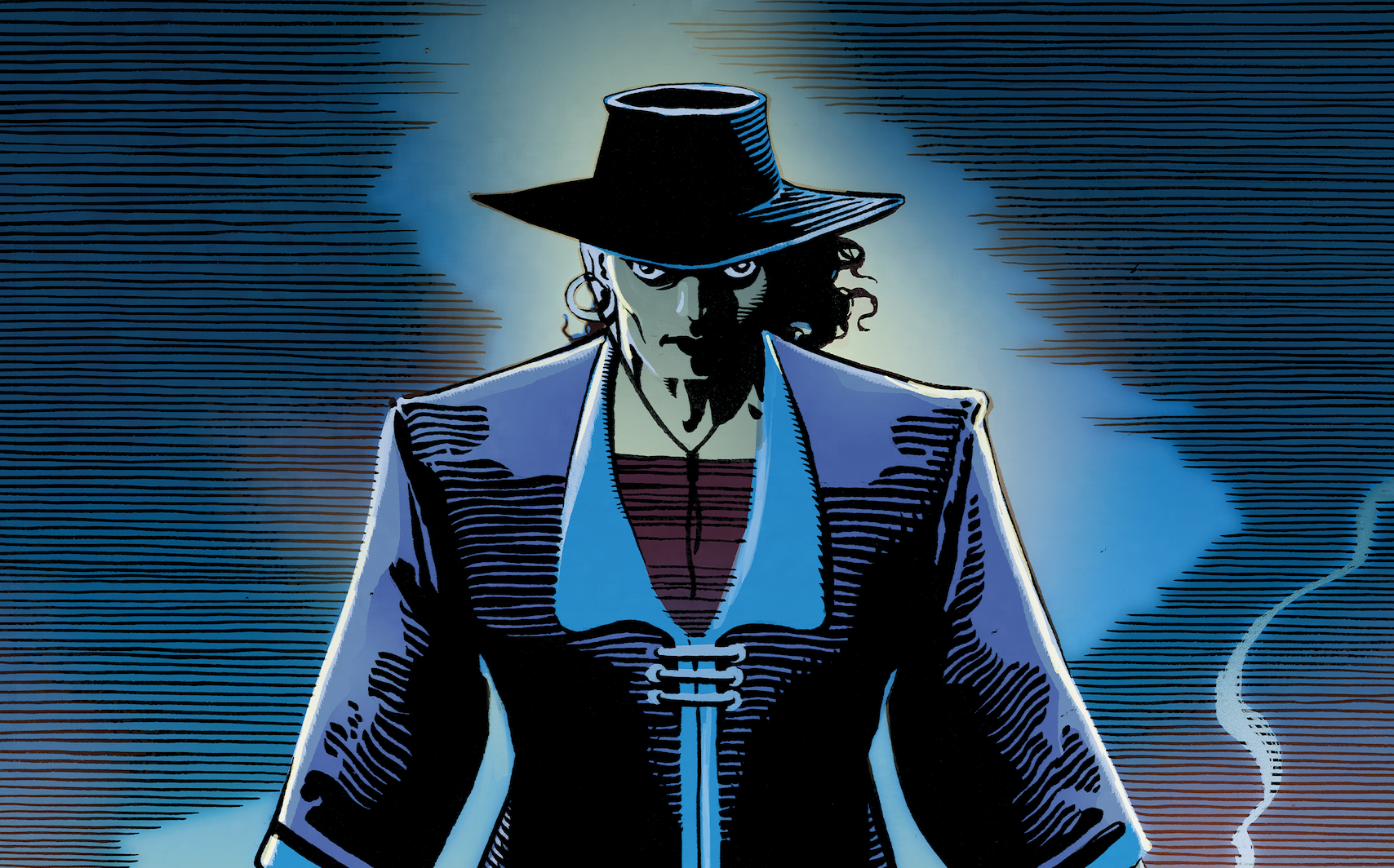
We know what we’re going to be doing this holiday season – getting cozy in our fave Christmas PJ’s while watching Lindsay Lohan’s new Netflix holiday flick ‘Falling for Christmas’, and binge watching the new Peacock series ‘Bumper in Berlin’ for a good laugh (and 90’s hits sing-a-long). There are many hands that go into making a successful TV series or movie, and one person who knows how to bring it all together in a way that keeps audiences engaged throughout, is the editor. They may not be the household names like other roles on a film, but their work speaks for itself. In the case of Hollywood editor Kristi Shimek, she knows what it takes to make a film go from great to “I can’t stop watching!”
A multi-talented editor whose work transcends genres, Kristi’s most recent work includes editing Netflix’s highly-anticipated Christmas film, as well as the upcoming series ‘Pitch Perfect: Bumper in Berlin’, a spin-off of the popular Pitch Perfect movies starring Adam Devine, Sarah Hyland, Flula Borg, and Jameela Jamil, premiering November 23rd.
To Kristi, story is king. ‘Falling for Christmas’ and ‘Bumper in Berlin’ are both comedies, so she spent time crafting the performances and timing to create the funniest version of the projects, while also leaving space for the audience to track the story and emotion. Kristi is exceptional at reading performance, dealing with complex structures, and crafting each scene, knowing through experience that the final version of the story is created in the editing room.
Within the first year of moving to Los Angeles, Kristi was cutting indie features in the LA circuit with stars such as Danny Trejo, Helen Hunt, and Nicolas Cage. Past credits include ‘Inheritance’, starring Simon Pegg and Lily Collins, which was featured at the 2020 Tribeca Film Festival, and the second season of NBC’s ‘Zoey’s Extraordinary Playlist’.
Wanna know what it takes to edit a film or TV series to make it a hit? Scroll down for our interview with Kristi where she talks about her experience in a role that is still male-dominated and the genres she loves working in the most.
Can you first tell us where your film career began, and how you got into the editing business?
I was lucky enough to grow up in a family that loves movies so we were going to the theater and watching movies on television a lot when I was young. As a teenager I was always borrowing the family video camera to make my own little movies, but I had never really thought of it as a career path until I had a teacher in high school who recognized my interest and got me connected to my first feature film set the summer before I went to university. I absolutely loved it and pursued film studies in school, where I found my love for editing.
I produced and edited indie features with my husband, who is a director, for quite a few years, but when we decided to move to LA, I really focused on my passion of editing. Editing exclusively has been a real joy for me, and I’ve been fortunate to work with so many great people and on so many incredible projects over the last several years.
What were some of the films that inspired you to pursue a career in film in the first place, and who are some of your role models you’ve looked up to?
There are so many films that I would say inspired me. Growing up, I absolutely loved Steven Spielberg’s ‘Hook’, the scope of it was unlike anything I’d ever seen before and it was a really seminal film for me about growing up and loss. I watched so many blockbusters like ‘Back to the Future’ and ‘Indiana Jones’, but also comedies like ‘The Great Race’ and ‘The Court Jester’, and as I got older I fell in love with movies like ‘Blow Out’ and ‘The Exorcist’. They span all different genres and styles, but I think all of these films impacted me in the way that I experience and work on movies now. It provides a particular lens for different types of style and storytelling that I can look through and use as inspiration.
An editing role model for me has always been Anne V. Coates. She made some of the most iconic edits of all time, but she also had a really unique career. She worked across many genres, at a time when it was even more difficult to do so, and she was so confident. As a woman, I’ve really looked to her example for being confident in my choices as an editor and being able to explain every creative choice I make. She famously said, “You have the courage of your convictions. When you’re editing you have to make thousands of decisions every day and if you dither over them all the time, you’ll never get anything done” and I believe that to be absolutely true.
Walter Murch has also been a huge influence that I’ve looked up to throughout my career. His books explain the theory behind how to get flow, pace, and tone out of the raw footage but they also opened my eyes on how to communicate my editorial ideas and how to take those fundamental ideas and build upon them with theories of my own. As an editor, it’s very liberating once you have the language to explain your decisions. And his editorial work is incredible, ‘The Conversation’ is one of my top ten films of all time.
You started out editing Indie films before moving onto bigger projects. What did you learn more about the craft of editing from these films?
Indie films are interesting because they push you to be really creative in how you present your story. These smaller budget films don’t have nearly the same resources so there’s usually less footage to work with overall, which means less options, but that doesn’t mean that the visual and emotional story has to suffer. For me the scene is always guided by the emotional impact and sometimes I would only get a master and two mediums, but you can make a riveting scene out of those three things. It just takes time and effort and patience. And frequently with indie films that’s the kind of scenario you’re presented with.
In one of the movies I did really early on, we were struggling to convey a character’s regret. I had thought a lot about the scene and just hadn’t come up with anything that spoke to the emotion we were trying to convey. Eventually I tried playing key moments from the movie backward in a dreamlike sequence and it worked. It created this moment that helped the audience feel the regret, that feeling that if they could turn back time things would be different. I’m not saying that kind of approach works for every movie or every scenario, but I do think working on the indie films early in my career helped me think about more out of the box solutions in my later work.
As an editor, you need to also be a storyteller and see the “bigger picture”. Can you walk us through the process of how you begin to first tackle a new project?
I always read the script multiple times when starting a new project. First impressions tend to be a bit different than how you feel when you’ve signed on to the project and are digging into the approach. Each reading helps me see unique things that I may have missed or glossed over in previous readings.
I will also start watching movies and listening to music that the director and I have chatted about for inspiration. It’s a fun part of the process, because it gets the mental juices flowing before we begin and puts you in the creative headspace.
Once I start receiving footage, I review all of the dailies one scene at a time and pull selects as I’m watching. I watch everything from top to bottom, because you really never know what gems you’re going to find before they call action and after they call cut. After I’ve pulled my selects then I’ll start roughing out a scene and try to get a version done before I move on to the next scene. I make sure to watch everything that has come in during the day so that I can bring up any issues with the team immediately, and then it all kind of builds from there.


Your new film, ‘Falling for Christmas’ premiered on Netflix Nov 10, starring Lindsay Lohan. What was it like working on this project? What are some of the biggest expectations BTS when it comes to holiday movies?
‘Falling for Christmas’ was so much fun for me, because the performances are dynamite and it has a lot of different types of comedy in it from physical to spoken. Michael and Janeen Damian, who are the wonderful producer and director would sit with me each day and we’d really dig into each moment and make sure that the comedy was landing. It’s such a fun part of the process for me because it really shapes the movie from scene to scene, and there are a lot of different ways that comedy can be interpreted and styled. And of course the comedy has to be balanced with the heartfelt emotion of the movie so it was finding that perfect balance between the two.
I would say one of the biggest expectations for holiday movies in general is a vast knowledge of holiday music. A lot of sequences can take on an entirely different tone when the right song is found to put underneath it, so I was always looking for new versions of classic holiday songs as well as completely new songs that aren’t as well known.
We cannot wait to watch ‘Bumper in Berlin’ on Peacock! What was it like to work on this series, given the musical aspect of it?
I’ve been fortunate to work on a musical show before, ‘Zoey’s Extraordinary Playlist’ (Season 2), and I think that really prepared me for what I was working with on ‘Bumper in Berlin’. I love working with choreography and music on screen, it’s such a unique form of expression that so many people enjoy, and it comes with some interesting editorial challenges that I really love to work out. You want the audience to be able to feel the beat and get emotionally inspired by the way the music and dancing and performance work together, and it’s a really delicate balance that stretches my editing muscles in the best ways.

When it comes to major network productions like ‘Bumper in Berlin’, how much footage do you comb through before getting to the episode we finally see on screen?
I watch every bit of footage that comes in for my episodes, even little pieces that are considered unusable so I comb through a lot of footage, and I watch it multiple times, before we get to the final on screen product. Most smaller dialogue scenes average out at about an hour of footage just watching the straight dailies, but some of the larger scenes can be upwards of six hours. And that can double depending on how many cameras are being shot. If I get a really big scene in for the day, I will usually watch about an hour of dailies and then take a break and then start with the next section.
This is an extremely important part of the process for me because even though it takes a lot of time I can generally remember all of the alternates so that when I’m in session with the director or showrunner we can talk about variations of lines and performances. This is especially important on a show like Bumper in Berlin where we had some improvisational comedy so it was good to have all of the options reviewed and ready to go.
We are certainly seeing a lot of progress in Hollywood in terms of gender and minority representation, but we also still have a long way to go. Have you had any tough experiences as a female in a mostly male-dominated role?
I was frequently the only woman on the teams in my early career, and sometimes it was difficult for me to feel like my opinion mattered and for my voice to be heard. I’m fairly introverted in the first place and I did feel at times that my ideas were not respected and considered, but it taught me an essential lesson about confidence.
I came to realize that I was being hired for my creative voice and whether or not the mostly male dominated room agreed with the ideas, it was essential to be heard as a matter of perspective for the piece I was working on. Once I gained that confidence, I really found that I was able to express my ideas more thoroughly and it led to better relationships in the edit room. I think that anyone can be a great editor, but it’s finding what you bring to the table and knowing that is what you’re being hired for that can make an editing relationship really work.
If you want to see what Kristi is working on next, follow her on Instagram and Twitter, and check out her website.













